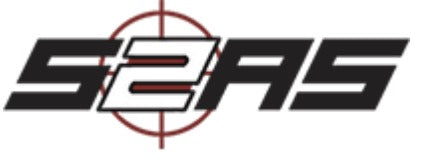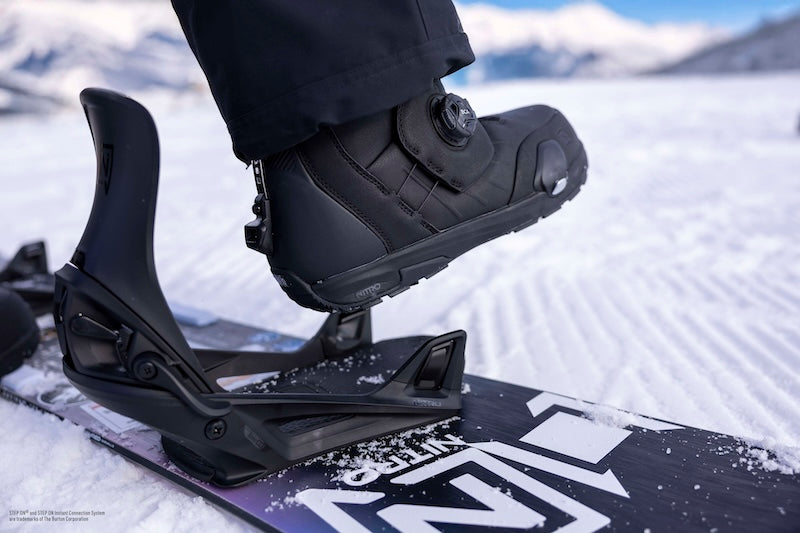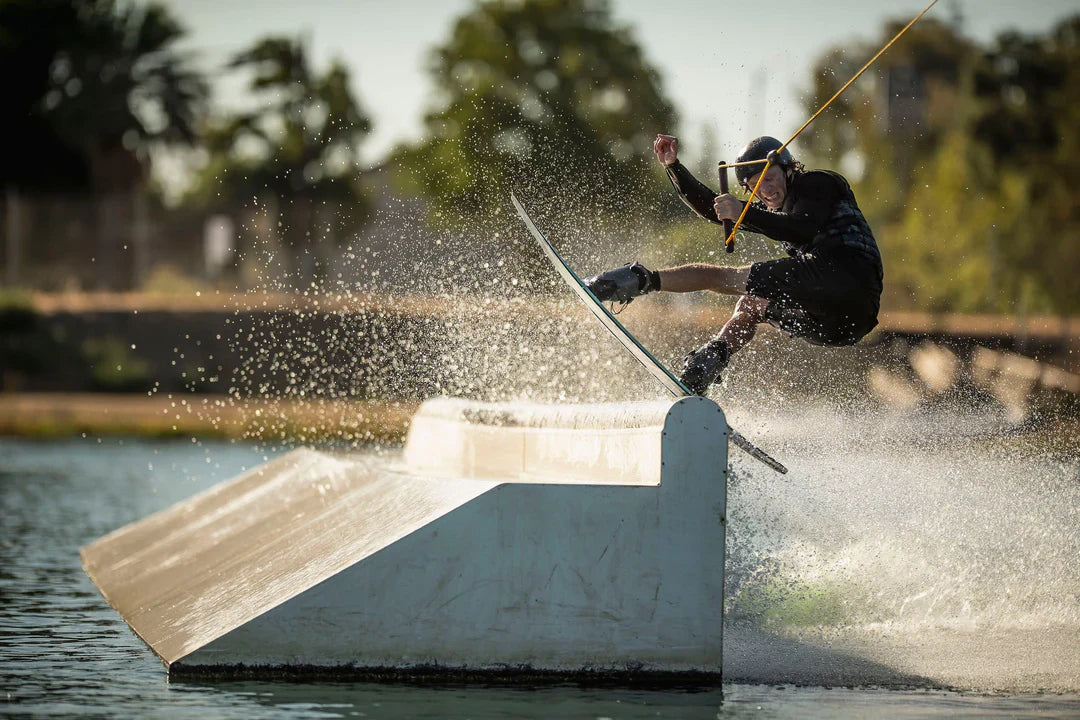Board Servicing
Everything you need to know, from cleaning, to edging, to waxing. Get your board ready for your holiday either by dropping it in to S2AS to have serviced, or picking up your own kit and following these steps.
What do I need?
Click on the items in purple for links to products
- P-Tex Candles (if repairs required) Give us a ring 01202 738448
- Lighter (jet lighters are best) Available anywhere
- Scourer, J-Cloths Available anywhere
We sell all required kit in the link above. You can also buy tuning kits by Butta and Dakine from our website: https://goo.gl/DBSE7M or https://goo.gl/d37s7q
Remove your bindings!
Always remove your bindings before a service. This not only makes it easier to position on a bench, but also prevents your base from becoming pitted as you heat the polyethylene and the screws in the board pull up the material.
Cleaning Base and Edges
Before doing anything to your board, you want it prepped for a service meaning that you want it as clean as you can get it. Why do we clean our base and edges? No matter how dry a base looks, it’ll always have some residual old wax and dirt left. Also if you have any repairs to do, the new material that you melt into the gouge won’t set into the polyethylene unless the surface is clean.
I recommend any snowboard cleaning fluid, you can pick it up pretty cheap in a spray bottle, simply spray on and apply some elbow grease. All of these fluids should be wax solvents, meaning that they will dissolve wax to remove it from the base.
‘’What if I don’t clean it first?’’
New wax won’t be able to saturate the pores in your P-Tex base, the old wax will still be in the way. This will slow down your board. In addition, new P-Tex material used to repair gouges will not stick properly, causing them to pop out when flexed.
If you’re flush with wax, or have a low quality wax (or even wax scrapings) you want to use up, you can do what we call a ‘hot wax scrape’ wherein you drip wax onto the board, work it in with the iron, then scrape it off hot before it sets into the pores. This is to remove residual dirt. The wax should scrape out and be dirty.
Edging
We edge our boards for regular users meaning that we edge to a standard 90-89 degrees. Our edge tuners by Dakine are set to 90 degrees and fixed. We’re aware that ski racers and slalom riders will want an angle that may even range to 87 degrees but we’ll stick to 90 for the purpose of this guide.
First of all, you want to remove any burrs (raised edge material) from your board to make sure that your edge is smooth and quick. You can do this with a gummy stone which is a very fine abrasive tool used to remove small extruded parts of metal. You can also use a file if you’re gentle.
Next you need to prepare your edging tool. If adjustable, set to 89 or 90 degrees, lock your file piece into place and you’re good to go. If non-adjustable, they’ll be set to 90 degrees already. Simply slide in the file piece and you’re good to go.
When you’re ready, press the edging tool onto the edge of the board (with the board base facing up) and run the tool along the edge of the board with moderate pressure in the direction noted on the file. There should be an arrow pointing in the direction that the tool should be used in.
After sharpening the edge, you should be able to scrape your fingernail over the edge and some nail should remain on the edge. You’ll feel it scrape off.
Finally, the four contact points (curved edge before the nose and tail) need to be detuned slightly. These parts of the board are used to initiate turns, so they want to be slightly less sharp than your cambered edge. You don’t want to be catching edges on over-sharpened contact points.
Repairs
This is the time to do repairs. Any large and deep gouges can be repaired with P-Tex, however surface scratches can be left alone as they do not affect the core of the board. You might hear some boarders refer to a gouge that’s deep enough to hit the wood as a ‘core shot’. These need to be repaired immediately before the board is used again. Core gouges open up the wood to moisture which will ruin your core, making it more susceptible to snapping or flex/pop issues.
Repairs using P-Tex are very simple. Take your lighter (jet lighters work best) and heat the P-Tex stick until it stays alight under it’s own heat (should be a dull blue flame that forms at the end of the stick, not yellow!). When the candle is lit, the P-Tex will drip off the end, simply direct these drips into your gouge and keep filling. Fill until you have a very slight raised surface on the board.
Leave the P-Tex to cool for at least half an hour. Finally, take a metal scraper and remove excess P-Tex to create a near perfectly flat surface. Scrape it smooth.
Melting wax on to your board
Once you’re satisfied that your board is clean, wax removal residue is removed and your edges are sharp, it’s time to get some wax on that base.
Simply heat your iron to a medium temperature and apply the wax block to the iron while holding it over the board. If the iron is hot enough, the wax should melt on contact with the iron and drip directly onto the base of the board. Drip enough wax to cover the board. As you practice servicing, you’ll learn how much wax is required to get full coverage of the board and you will waste less. Don’t drip too much, you can always add some more if required. Scraping an over-waxed board is a lesson in arm strength that we don’t need.
Melting wax into your board
Once you have enough drips on the board and you’re comfortable you can spread them across the entire base, turn your iron up a little bit and start working the wax in. There’s no specific method to this, just iron it in any direction you need to that ensures the board is completely covered in melted wax. To save time you can skip the nose and tail if you’re not buttering or pressing much, but regular wax does increase the life and keeps your base colours vivid.
Time interval
When you have finished waxing, leave the board to sit for another 30 mins or so until the wax has had time to cool. There are many old wives tales about how long you’re supposed to leave the wax to cool but as long as it’s completely cold to the touch when you’re about to scrape, it’s cool to go ahead.
Scraping and buffing
When you’re comfortable that the wax has had adequate cooling time, you’re free to use your scraper to pull the excess wax off the base.
Place your scraper on the board at a 45 degree angle and pull the excess wax back towards yourself. When you become comfortable with this action and can pull wax from the surface without digging the scraper into the board you can pretty much scrape in any direction without damaging the base as long as you’re careful. If you’re having difficulty scraping wax, make sure your scraper is still sharp, if not, use your file to put and edge back on to it.
After you’ve removed all of the wax, take your brush and give the board a good rub down. When you’re satisfied there’s no excess wax left, finish by pushing the brush down the board at a 45 degree angle on one side, then again in the opposite direction, creating a crisscross pattern which racers use to aid speed. The last step is optional.










